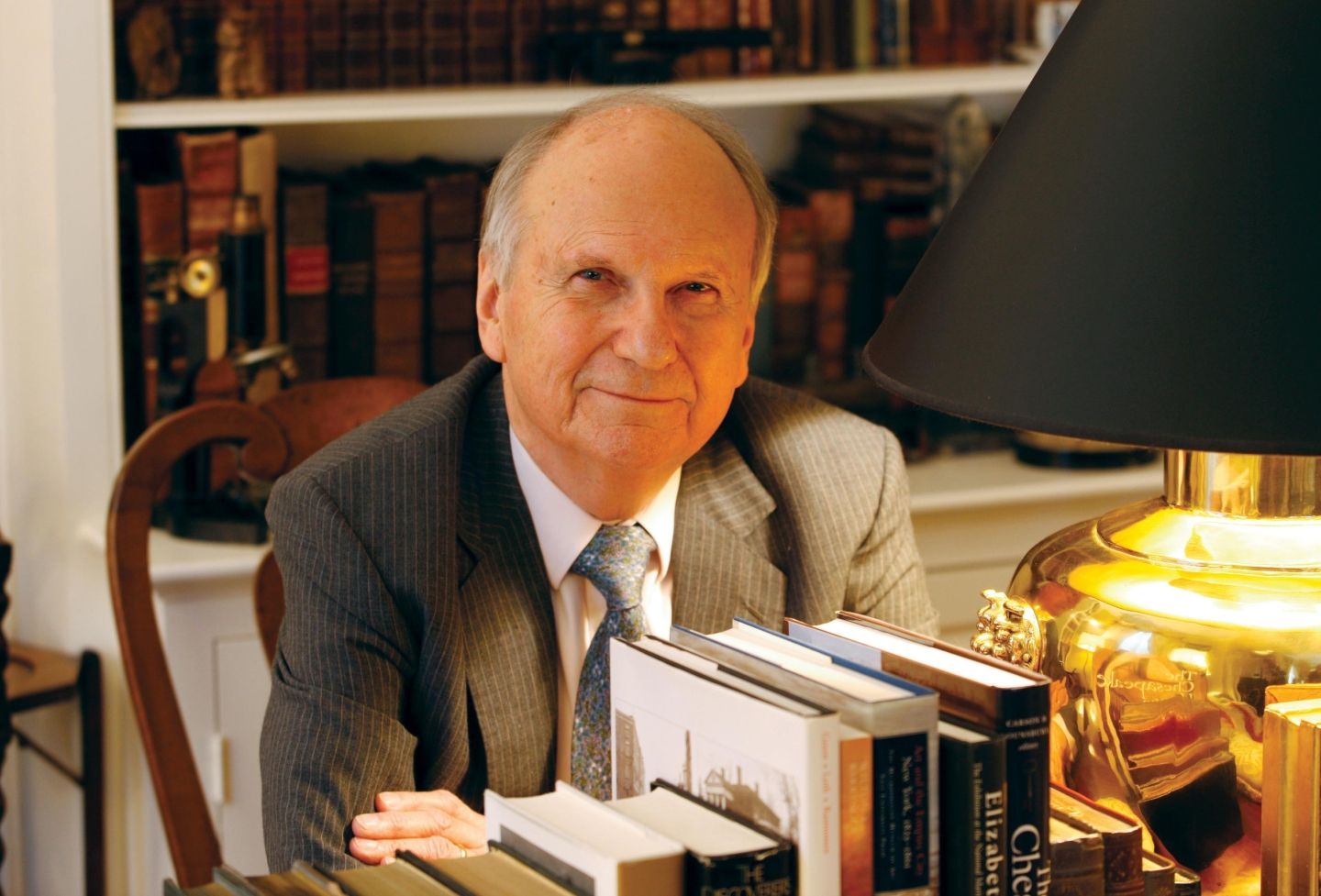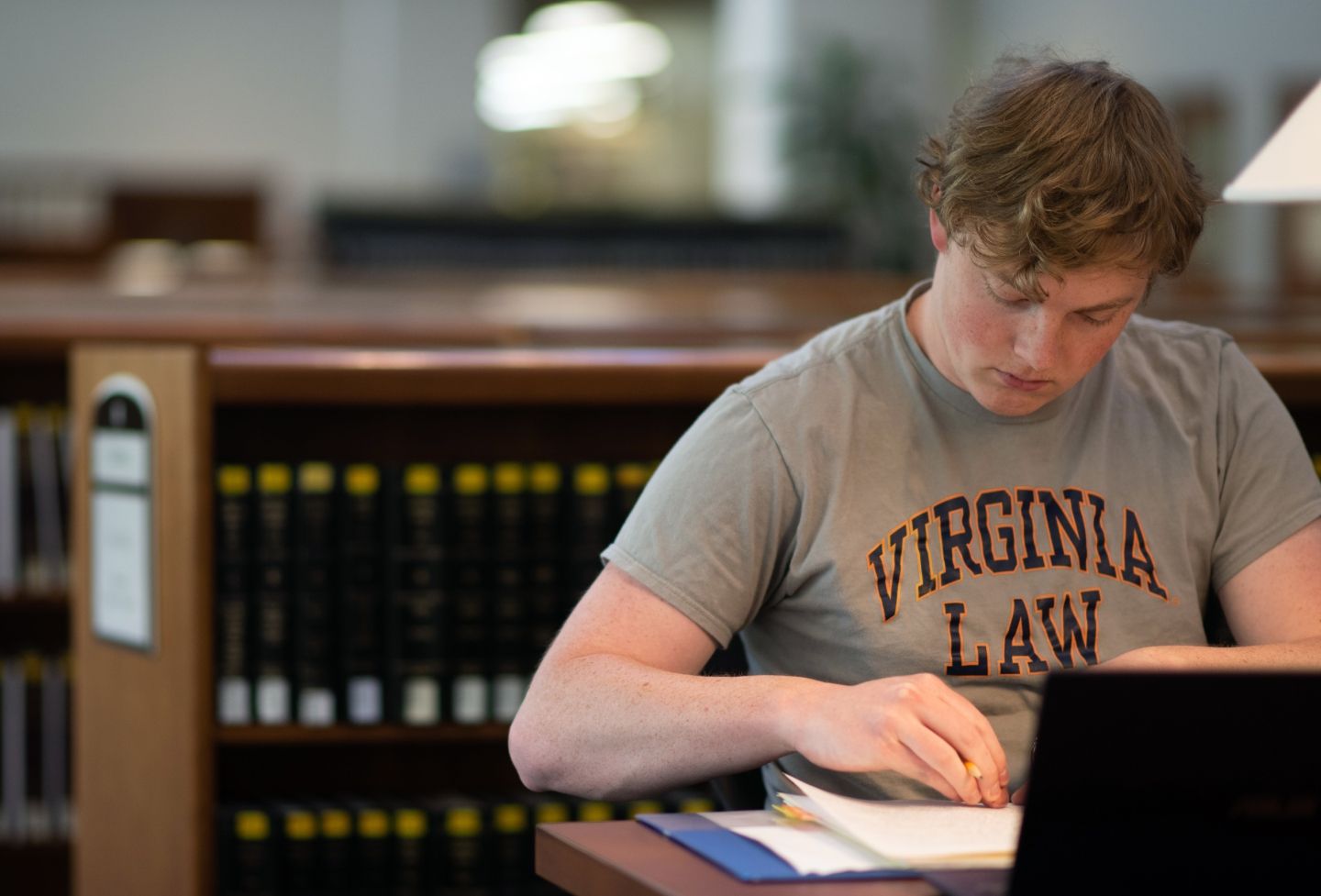Pundits and politicians alike have bemoaned the ascendancy of the president’s executive power in recent decades, particularly in comparison to a gridlocked legislative branch.
With Congress doing little substantive legislating for much of the last 20 years, recent presidents have increasingly used the executive branch’s enforcement power to achieve policy aims, from reforming immigration law, to changing border protections, to expanding and then circumscribing the rights of transgender people.
Coining these executive actions “enforcement lawmaking,” Professor Payvand Ahdout of the University of Virginia School of Law recently authored an article in the Harvard Law Review analyzing the president’s expansion of power and how the third branch — the judiciary — is quietly serving as an effective check against executive stridency. She answered a few questions about the background and findings of her paper, “Enforcement Lawmaking and Judicial Review.”
What inspired you to look at this issue?
I graduated from law school in 2013 and, just two years after that, I started seeing that a lot of the federal courts doctrine that I had learned in school and while clerking was already being pushed and changed in some district courts around the country. For example, the doctrine of standing, which requires plaintiffs to have an injury that courts have the power to address, was starting to expand for states that were filing lawsuits against the executive branch. Or the doctrine of ripeness, which requires that a case be ready for adjudication — that is, we’re not still waiting for things to happen — was starting to be loosened in a particular subset of cases that I talk about in the paper.
Was there a specific case you had in mind?
I was thinking primarily about a Deferred Action for Childhood Arrivals case in front of a federal judge in Texas, Texas v. United States. I was interested immediately when I saw the state’s standing argument. The court upheld Texas’ ability to bring the case based on this so-called driver’s license theory of standing: The state issues driver’s licenses at a financial loss, so if we now have to issue driver’s licenses to undocumented individuals because of DACA, we’ll lose a ton of money. Two years prior, I wouldn’t have thought that would be a successful argument to allow a state to mount a challenge to a federal program in court.
So that got your attention, and you started digging into other cases?
I started seeing similar kinds of things happening in New York and California and Arizona, and I started thinking in a more systemic and dynamic way about the lower courts. I read every single one of the cases and everything on their dockets — tens of thousands of pages, including the random discovery motions that people don’t pay attention to — and I began to see that these district court judges are shaping and changing federal courts doctrine by their actions, by what they allow and disallow in the litigation. That’s where the paper started. It completely changed my perspective on the power of district courts to check executive power.
Do you see this trend as political or apolitical?
I think it would be naive for me to say that there isn’t any dimension of this that’s politically motivated for particular judges, but I do think it transcends one political party and one president. This happened during the Obama administration, it happened a lot during the Trump administration, and the judicial tools that I talk about in the paper — expanding state standing, being more generous about what is ripe for review in the enforcement lawmaking context, issuing nationwide injunctions — all of that still exists out there today. I don’t think the tools themselves are matched to a political party or a political movement any longer.
Does that make it a case of an unchained judiciary or is it more like, “Aha! We have this one apolitical tool that can temper the wild political swings we get from administration to administration”?
I think of it as the latter. Some scholarly critics would say it’s the former. There was a response to the article printed in the Harvard Law Review that talked about how this would all be a bad thing after the Trump era was over and done with. But my perspective in the paper, and I stand by it, is that regardless of the administration, it’s about addressing the accretion of executive power.
So after working on this, you believe there actually is a valid check on the executive?
Yes. Even if it is limited, there is a check that’s out there, and it is just traditional judicial case management. When a case is in federal court before a federal judge, that judge has the power to manage the case in a way that shines a light on the administration and its decision-making.
Would you say that’s your overarching theory or is that just one part of it?
There’s no single explanation, but I think one pattern that emerges — which I talk about in the paper — is using judicial power to press back on executive power. That’s one way of making sense of these evolving doctrines — to view it in the lens of separation of powers, instead of viewing it as disruptive. Some critics talk about the lower courts’ use of nationwide injunctions as being extraordinarily disruptive. But if you look at all these things together in one complex dynamic system, and you look at it through the lens of separation of powers in a traditional Madisonian sense, it helps us understand what the courts are doing.
Hasn’t it always been the case that federal judges would weigh in on whether the president or federal agencies have overstepped their bounds?
I think that’s totally true, but what I see that’s new is the evolution of doctrines that are now allowing these cases to come to court in the first place. Fifteen or 20 years ago, basically any of the cases that I talk about in the paper would have been thought of as nonjusticiable, either because states and Congress lack standing to sue, the case is not ripe, or because there’s no available judicial remedy.
The available remedy now being the nationwide injunction?
Yes, the nationwide injunction. But there is something else that can be gained in these cases, although not in the legal sense of a “remedy.” And that’s the discovery process itself.
That struck me as new thinking, where you wrote that discovery — being forced to turn over documents and communications about the administration’s intent and process — provides voters the actual accountability that we’re supposed to have.
Exactly. Active case management of the sort I document in the paper is most justifiable and most beneficial when it comes to sussing out whether the president and his or her close officials are lying. Because there’s no justification for saying the president is more accountable than judges when the president is hiding the truth about his or her policies.
What would you consider the classic example of robust “enforcement lawmaking” and healthy and effective judicial review?
I think the Department of Commerce case — where the Trump Commerce Department wanted to add a citizenship question to the census — was the perfect example of how discovery sort of smokes out the lies by getting all the information out there. The Commerce Department had claimed that the Justice Department asked it to add a citizenship question on the decennial census in order to address certain election issues. Early in the litigation challenging the decision, it became clear that the administration was withholding hundreds of pages of documents. Those documents showed that the Commerce Department approached the Justice Department and asked it to create a reason for adding a citizenship question.
Different judges hearing different challenges to this case — most prominently, in New York — started issuing broader discovery. In the end, the Supreme Court held that the Commerce Department lacked the authority to add the citizenship question because it was done under false pretext. But even if the end result had come out the other way, and it turned out they could add a citizenship question, then at least the electorate would know that was pretextual.
Do you have any examples of an ineffective or overly burdensome judicial intervention in enforcement lawmaking?
I’m sure there will be some cases where there’s no “there” there and judicial review should be brief. But I’m one who thinks that even when I like the policy under review, the judicial review itself is still a good thing.
How many cases did you end up reviewing for this?
I probably closely followed 20 or 25 cases, including their dockets, and that’s for the district court, the court of appeals and the elements that went up to the Supreme Court. In the end, it was tens of thousands of rich pages of judicial review.
You also argue that the Supreme Court should usually let the lower courts hash it out first. How do the benefits of that approach outweigh the drawbacks of having hundreds of district court judges issuing conflicting opinions and injunctions that interfere with the executive branch’s ability to do its job?
By letting this process play out, I think most courts are now agreeing that there is broader standing for states than we had thought before. But if the Texas driver’s license theory of standing had come straight up to the Supreme Court, that would have seemed to be an absurd argument, because it’s the first time this has ever come up through the Supreme Court, so of course we’re going to say no and stop progress. That subordinates judicial power by not letting lower court judges explore judicial tools and remedies. I agree that higher courts should get involved in the merits, especially if you have one district court saying this is permissible and another one saying it’s not permissible. But as to the propriety of using nationwide injunctions or applying the driver’s license theory of standing, I just don’t think the Supreme Court would know what the lower courts need help with until lots of lower courts have grappled with the issue.
Once these cases challenging an administration’s enforcement lawmaking do arrive at the Supreme Court, do you expect to see more or less reluctance to, say, throw out a state coalition’s case for lack of standing as compared to earlier Supreme Court benches?
I think it’s going to be really hard to predict because we’re in a moment with an administration that many of the justices disagree with, but the majority of the court is pro-executive power. So I think it’s really hard to predict where they’re going to draw lines on what the president can permissibly do and who can challenge it.
Founded in 1819, the University of Virginia School of Law is the second-oldest continuously operating law school in the nation. Consistently ranked among the top law schools, Virginia is a world-renowned training ground for distinguished lawyers and public servants, instilling in them a commitment to leadership, integrity and community service.


